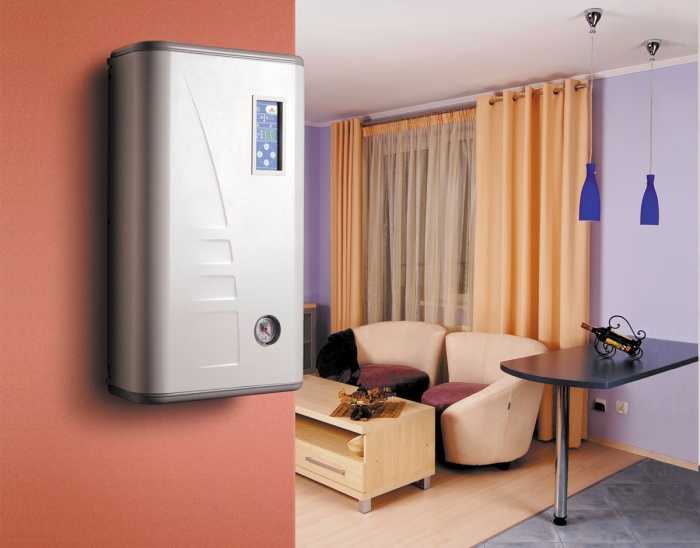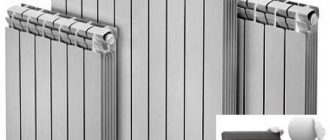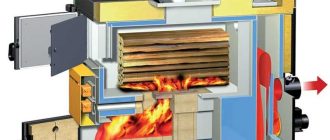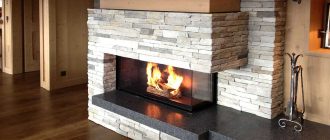The basis of any heating is the boiler. On how correctly selected its parameters depends on whether the house will be warm. And for the parameters to be correct it is necessary to calculate the power of the boiler. This is not the most complex calculations – at the level of third grade, you will only need a calculator and some data on your possessions. With all cope with everything yourself, with your own hands.
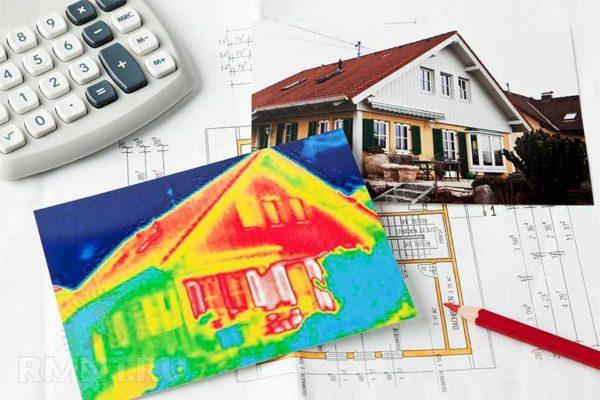
Contents of the article
General points
In order for the house to be warm, the heating system must make up for all available heat losses in full. Heat escapes through the walls, windows, floor, roof. That is, when calculating the boiler capacity, it is necessary to take into account the degree of insulation of all these parts of the apartment or house. In a serious approach to specialists order the calculation of heat loss of the building, and according to the results already select the boiler and all other parameters of the heating system. This task is not very difficult, but it is necessary to take into account what the walls, floor, ceiling, their thickness and degree of insulation are made of. Also take into account what are the windows and doors, whether there is a system of supply ventilation and what is its productivity. In general, a lengthy process.
There is a second way to determine the heat loss. You can actually determine the amount of heat the house/room loses by using a thermal imager. This is a small device that displays the actual heat loss pattern on a screen. At the same time you can see where there is more heat loss and take measures to correct the leaks.
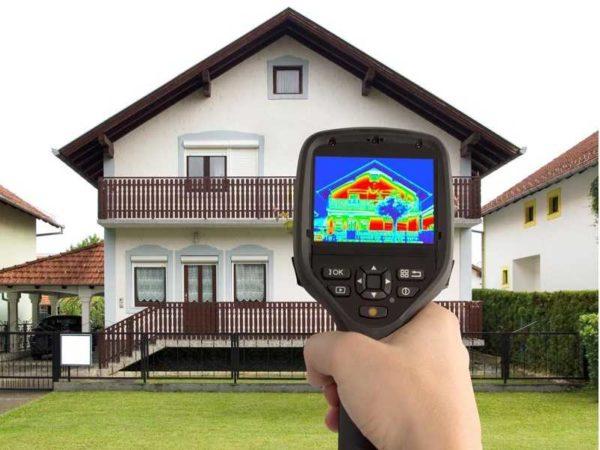
Now, whether it is worth taking a boiler with a power reserve. In general, the constant work of the equipment on the edge of possibilities negatively affects its service life. Therefore, it is desirable to have a performance reserve. A small, about 15-20% of the calculated value. It is quite enough for the equipment to work not at the limit of its capabilities.
Too large a reserve is unprofitable economically: the more powerful the equipment, the more expensive it costs. And the difference in price is considerable. So, if you do not consider the possibility of increasing the heated area, the boiler with a large power reserve should not be taken.
Calculation of boiler capacity by area
This is the easiest way to pick up the heating boiler by capacity. When analyzing many ready-made calculations, an average figure was derived: heating 10 square meters of area requires 1 kW of heat. This pattern is true for premises with a ceiling height of 2.5-2.7 meters and average insulation. If your house or apartment fits these parameters, knowing the area of your house, you can easily determine the approximate performance of the boiler.
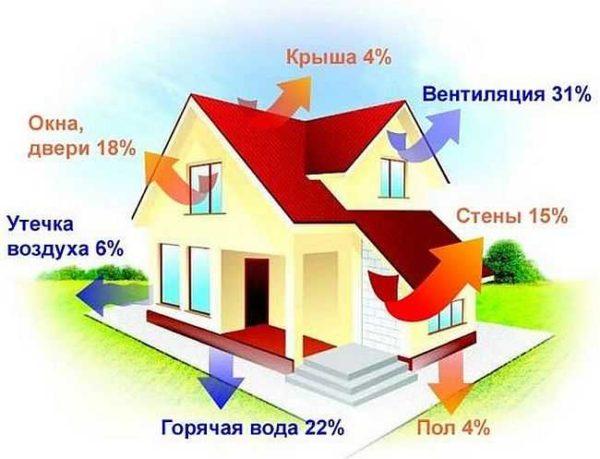
To be clearer, let’s give an example of calculating the capacity of the heating boiler by area. There is a single-storey house 12 * 14 m. Find its area. To do this, multiply its length and width: 12 m * 14 m = 168 square meters. According to the methodology, we divide the area by 10 and get the required number of kilowatts: 168 / 10 = 16,8 kW. For ease of use, the figure can be rounded off: the required power of the heating boiler is 17 kW.
Taking into account the height of the ceilings
But in private houses, the ceilings can be higher. If the difference is only 10-15 cm, it can be ignored, but if the height of the ceilings is more than 2.9 m, you will have to recalculate. To do this, the correction factor is found (by dividing the actual height by the standard height of 2.6 m) and multiply the found figure by it.
Example of correction for ceiling height. A building has a ceiling height of 3.2 meters. It is required to recalculate the power of the heating boiler for these conditions (the parameters of the house are the same as in the first example):
As you can see, the difference is quite decent. If it is not taken into account, there is no guarantee that the house will be warm even at average winter temperatures, and even about severe frosts and we can not talk about it.
Consideration of the region of residence
What else should be taken into account is the location. After all, it is clear that in the south requires much less heat than in the Middle Belt, and for those who live in the north of the “Moscow region” power will clearly be insufficient. To take into account the region of residence, there are also coefficients. They are given with a certain range, because within the same zone, the climate still varies greatly. If the house is closer to the southern border, a smaller coefficient is applied, closer to the northern border – a larger one. It is also worth considering the presence/absence of strong winds and choosing the coefficient with them in mind.
Example of adjustment by zones. Let the house for which we calculate the boiler output, is located in the north of the Moscow region. Then the found figure of 21 kW is multiplied by 1,5. Total we get: 21 kW * 1,5 = 31,5 kW.
As you can see, if you compare with the original figure obtained when calculating the area (17 kW), obtained as a result of using only two coefficients, is significantly different. Almost two times. So these parameters must be taken into account.
Capacity of a two-circuit boiler
Above we talked about calculating the power of the boiler, which works only for heating. If you plan to still and water heating, it is necessary to increase the output even more. In the calculation of boiler capacity with the possibility of heating water for domestic needs lay 20-25% of the reserve (multiply by 1,2-1,25).
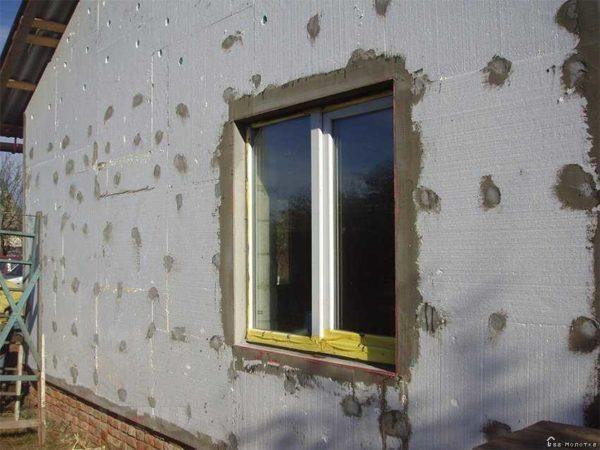
Example: adjust for the possibility of DHW. The found figure of 31.5 kW is multiplied by 1.2 and we get 37.8 kW. The difference is solid. Note that the reserve for water heating is taken after taking into account in the calculations of location – the water temperature from the location also depends on the location.
Features of calculating the boiler performance for apartments
Calculation of boiler output for heating apartments is calculated according to the same norm: for 10 square meters 1 kW of heat. But the correction goes to other parameters. The first thing that needs to be taken into account is the presence or absence of an unheated room above and below.
- If there is another heated apartment below/above, the coefficient 0.7 is applied;
- if there is an unheated room downstairs/upstairs, no changes are made;
- heated basement/loft – coefficient 0.9.
It is also worth taking into account the number of walls facing the street in the calculations. Corner apartments require more heat:
- if there is one external wall – 1.1;
- two walls facing the street – 1.2;
- three external walls – 1.3.
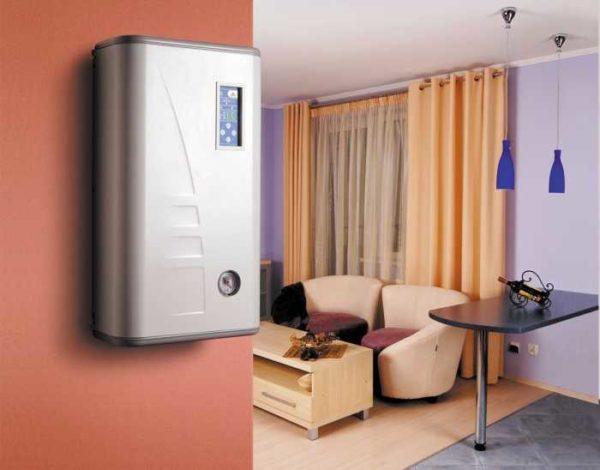
These are the main areas through which heat escapes. They must be taken into account. You can also take into account the quality of windows. If they are double-glazed, no adjustments can be made. If there are old wooden windows, the found figure should be multiplied by 1.2.
You can also take into account such a factor as the location of the apartment. In the same way, you need to increase the capacity, if you want to buy a two-circuit boiler (for heating hot water).
Calculation by volume
In the case of determining the capacity of the heating boiler for the apartment, you can use another methodology, which is based on the norms of SNIP. They prescribe the norms for heating buildings:
- for heating one cubic meter in a panel house requires 41 watts of heat;
- to compensate for heat loss in a brick house – 34 W.
To use this method, you need to know the total volume of the premises. In principle, this approach is more correct, because it immediately takes into account the height of the ceilings. There may be a slight difficulty here: we usually know the area of our apartment. The volume will have to be calculated. To do this, we multiply the total heated area by the ceiling height. We get the desired volume.
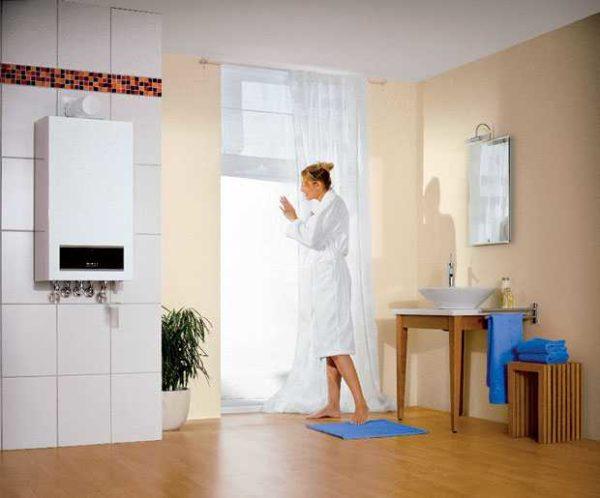
Example of calculating the boiler output for heating an apartment. Let the apartment is located on the third floor of a five-story brick house. Its total area is 87 square meters, the ceiling height is 2,8 m.
- Find the volume. 87 * 2.7 = 234.9 cubic meters.
- Rounded off – 235 cubic meters. m.
- Calculate the required power: 235 cubic meters * 34 W = 7990 W or 7.99 kW.
- Rounded off, we get 8 kW.
- Since there are heated apartments upstairs and downstairs, we apply a coefficient of 0.7. 8 kW * 0.7 = 5.6 kW.
- Rounding off: 6 kW.
- The boiler will also heat water for domestic needs. For this we give a reserve of 25%. 6 kW * 1,25 = 7,5 kW.
- The windows in the apartment have not been changed, they are old, wooden. Therefore, we apply an increasing factor of 1.2: 7.5 kW * 1.2 = 9 kW.
- Two walls in the apartment are external, so once again multiply the found figure by 1.2: 9 kW * 1.2 = 10.8 kW.
- Rounded off: 11 kW.
In general, here is the methodology. In principle, it can be used to calculate the boiler output for a brick house. For other types of building materials, the norms are not prescribed, and a panel private house – a great rarity.

